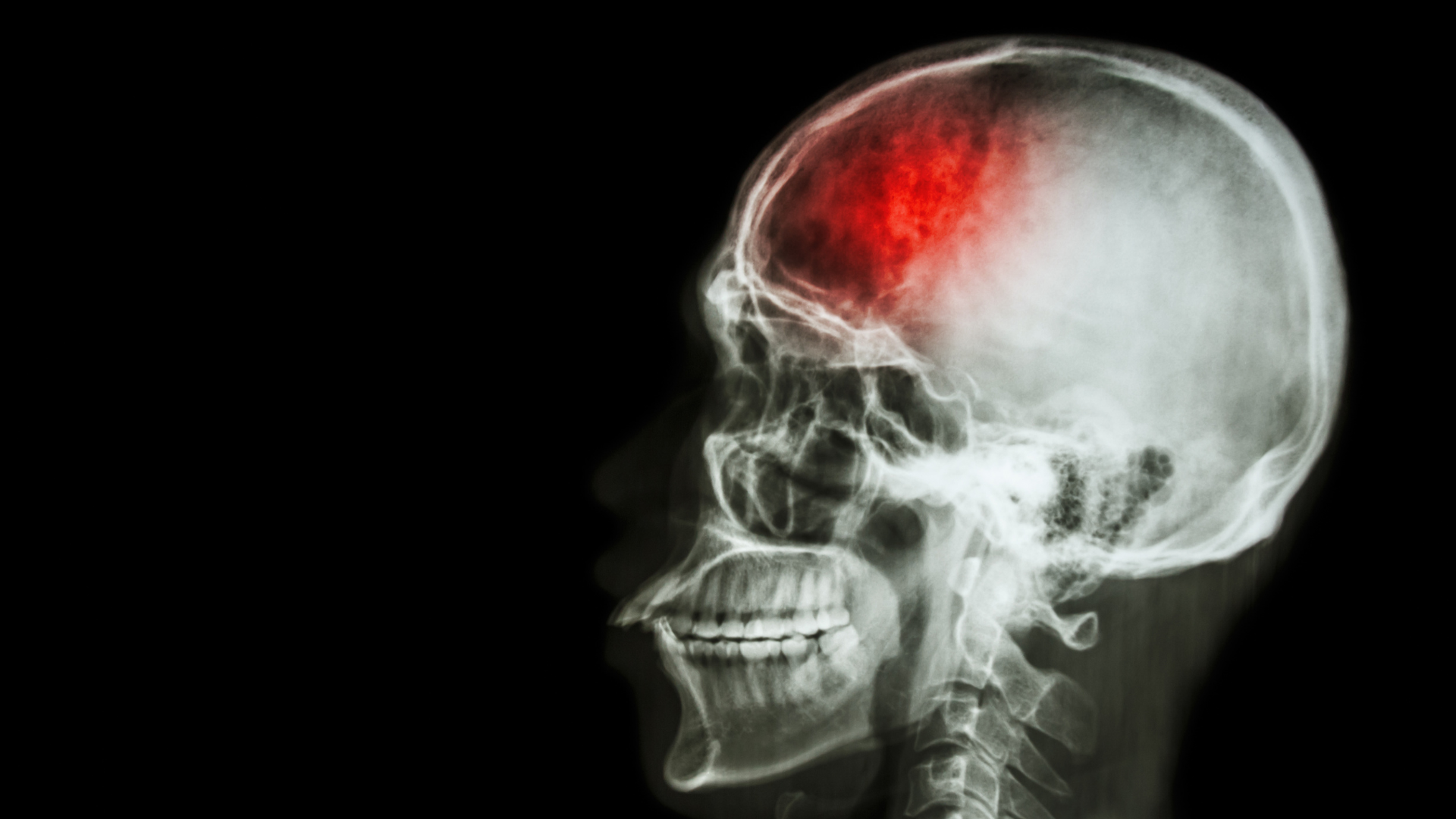Debunking Common Myths About Stroke
Stroke is a serious medical condition that requires urgent attention. Yet, there are a number of myths and misconceptions about stroke that may prevent people from receiving the right care and prevention.

Myth 1: Strokes Only Affect the Elderly
Strokes can happen at any age, although it is more common in older people. The prevalence of stroke in young adults aged below 50 years old is estimated to be about 10% of all strokes1. Younger individuals may also experience strokes due to various factors, such as trauma or underlying health issues.
Myth 2: Strokes Can Happen Without Warning
Although some strokes happen unexpectedly, many people have warning signs and symptoms prior to having a stroke. It is important to pay attention to these early signs of stroke, which include abrupt weakness or numbness in the face, arm, or leg, trouble speaking, and visual issues. Recognising these symptoms and seeking immediate medical attention can significantly improve outcomes.
Myth 3: Strokes are Always Painful
Not all strokes cause pain. In fact, pain may not even be present in many strokes, especially ischemic strokes. Instead, abrupt weakness, numbness, or paralysis on one side of the body, and trouble speaking or interpreting speech are typical symptoms.
Myth 4: Once Stroke Symptoms are Resolved, Everything is Fine
Some people have ‘mini-strokes’ or transient ischemic attacks (TIAs), in which the symptoms of a stroke go away quickly—typically in less than 24 hours. Even though these symptoms would resolve, you should not disregard them. In order to avert a full-blown stroke and an elevated risk of a future stroke, seek medical attention promptly.
Myth 5: There is No Way to Prevent Stroke
Although age and family history are two non-modifiable risk factors for stroke, other lifestyle factors can significantly reduce stroke risk, such as maintaining a healthy diet, getting regular exercise, managing high blood pressure, diabetes, and cholesterol, quitting smoking, and limiting alcohol consumption.
24/7 Stroke Management at Prince Court Medical Centre
Our multidisciplinary team of specialists—which includes neurologists, neurosurgeons, emergency physicians, interventional radiologists, and rehabilitation specialists—work together to manage stroke.
Time is critical in stroke. The probability of preserving brain function and reducing the risk of irreversible damage is higher when treatment is initiated early. Often called "the golden hour," this crucial period emphasises the significance of timely intervention.
Ambulance/Emergency Number: +603 2160 0999
Our Neurologist: Click to Explore
References:
- Krishnamurthi, R.V.; Moran, A.E.; Feigin, V.L.; Barker-Collo, S.; Norrving, B.; Mensah, G.A.; Taylor, S.; Naghavi, M.; Forouzanfar, M.H.; Nguyen, G.; et al. Stroke prevalence, mortality and disability-adjusted life years in adults aged 20-64 years in 1990-2013: Data from the global burden of disease 2013 study. Neuroepidemiology 2015, 45, 190–202.


















